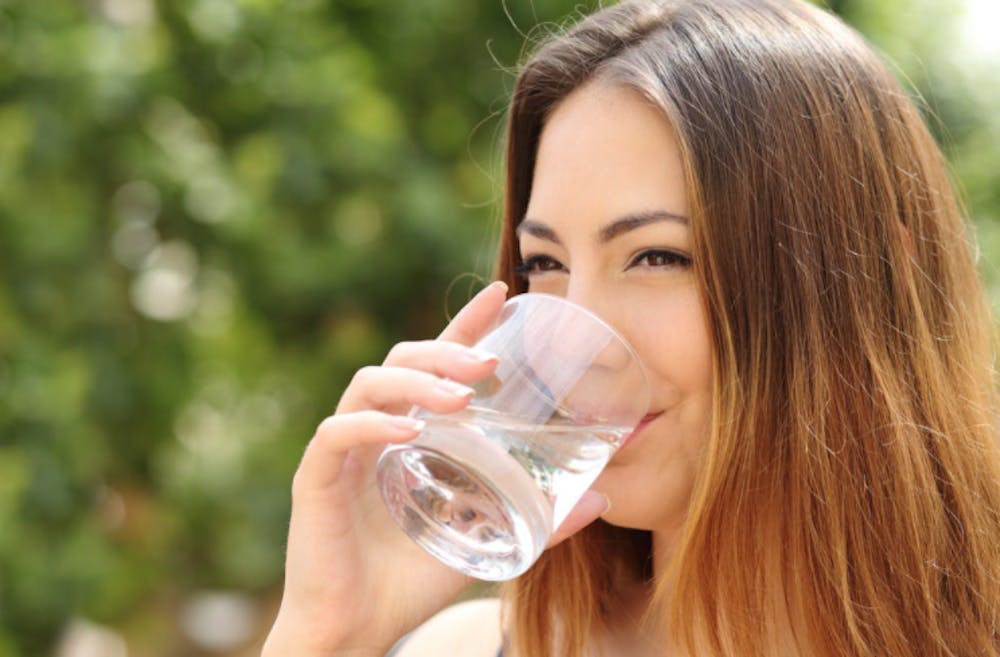Looking at the water is like looking into the past. There is no new water, whether it's falling from your recently showered body or your kitchen faucet. It's all recycled.
Our drinking water supply can contain substances that make us sick. These include microbiological contaminants like bacteria and viruses, compounds like lead, toxins from human waste, and naturally occurring healthy substances in smaller doses but harmful in larger ones.
Manganese is a natural mineral that gets into our water from rocks and soil. It is an essential mineral needed for healthy bones and glucose production. In larger doses, however, it is toxic.
It can be harmful to the nervous system. Although it can come from rocks and soil, manganese also enters our water supply through human activities, like industrial waste.
So that's why public water systems add chemicals to "clean" our water. But are these chemicals making our water better or worse?
The process for "treating" tap water depends on where the water is coming from and the amount of water being treated. Some of the disinfectants public water systems add are chlorine and chloramine, ozone, and ultraviolet radiation. These can result in disease-causing byproducts. For example, chlorine-treated water produces trihalomethanes (THMs), like chloroform. These chemicals are linked to cancer and congenital disabilities.
Fluoride is also added to our drinking water. It's good for our teeth, right? However, fluoride only helps prevent tooth decay when applied directly to the enamel.
Studies demonstrate continuous fluoride ingestion is linked to bladder and uterine cancer.
Inhaling or drinking large amounts of fluoride causes skeletal fluorosis. Symptoms of this bone disease include back and joint pain and numbness or tingling in the extremities.
Before you turn to bottled water, keep in mind that it's not necessarily safer. Purified bottled water is groundwater or tap water filtered or processed, including using chemicals to remove impurities.
Even spring water presents its own set of problems. Bottled water adds to the plastic that fills the oceans and landfills. It also contributes to the microplastics found in tap and bottled water and the seafood we eat.
Not to mention the costs that add up with every bottle of water purchased. It costs over $3 per gallon.
A water filtration system can remove water pollutants, reduce the negative environmental impacts of plastics, and save you money.
Suppose your water comes from a well. Well ... No one knows what's in it. No government agency tests or regulates it. It is recommended you test the water annually.
FilterWater.com has water filtration systems to address all of these concerns and more, giving you
cleaner, healthier water.
No one system removes all pollutants. You may want to start with a test kit to determine which method is best.
For problems like THMs, where contamination is increased when ingestion is combined with skin absorption and inhalation exposure, the Crystal Bath Ball can be used in the bathwater or under the faucet to dechlorinate the water.
Enjoy the water without the immune-compromising effects of fluoride with a point-of-use water filter for your kitchen or bathroom or a whole house water filter system.
You may want to remove the iron bacteria causing your water to be discolored or use a granulated activated carbon filter to improve the taste.
Whether your goal is to improve your health, save money or rescue the environment, or even if you're looking for cleaner-looking and better-tasting water, you can find the solution online.


